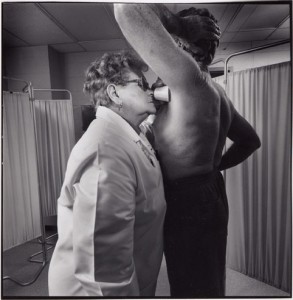MAK Collection for Occupational Health and Safety Now Available Online – FREE
The MAK Collection for Occupational Health and Safety now is available on-line and free. It provides the German recommended exposure limits with documentation for chemicals used in Germany and many other countries. The MAK-values are daily 8-hour time-weighed average values and apply to healthy adults. Substance-specific acceptable peak concentrations, including the highest possible duration of such peaks, are defined. If the substance can be taken up through the skin, this is indicated. The MAKs have been collected and evaluated by the Commission for the Investigation of Health Hazards of Chemical Compounds in the Work Area – part of the DFG, the German Research Foundation. The MAK values are similar to the ACGIH TLVs and documentation.
You can find the publication HERE
Source: Wiley Online Library


